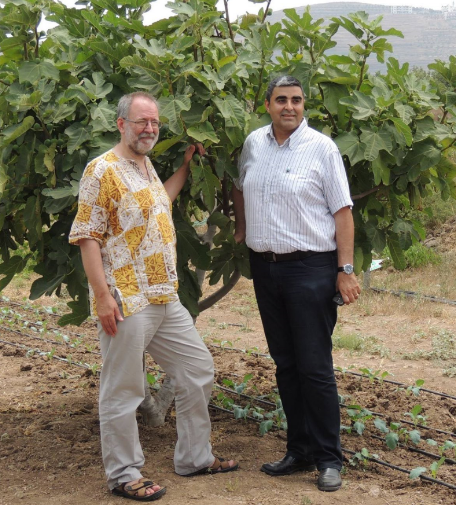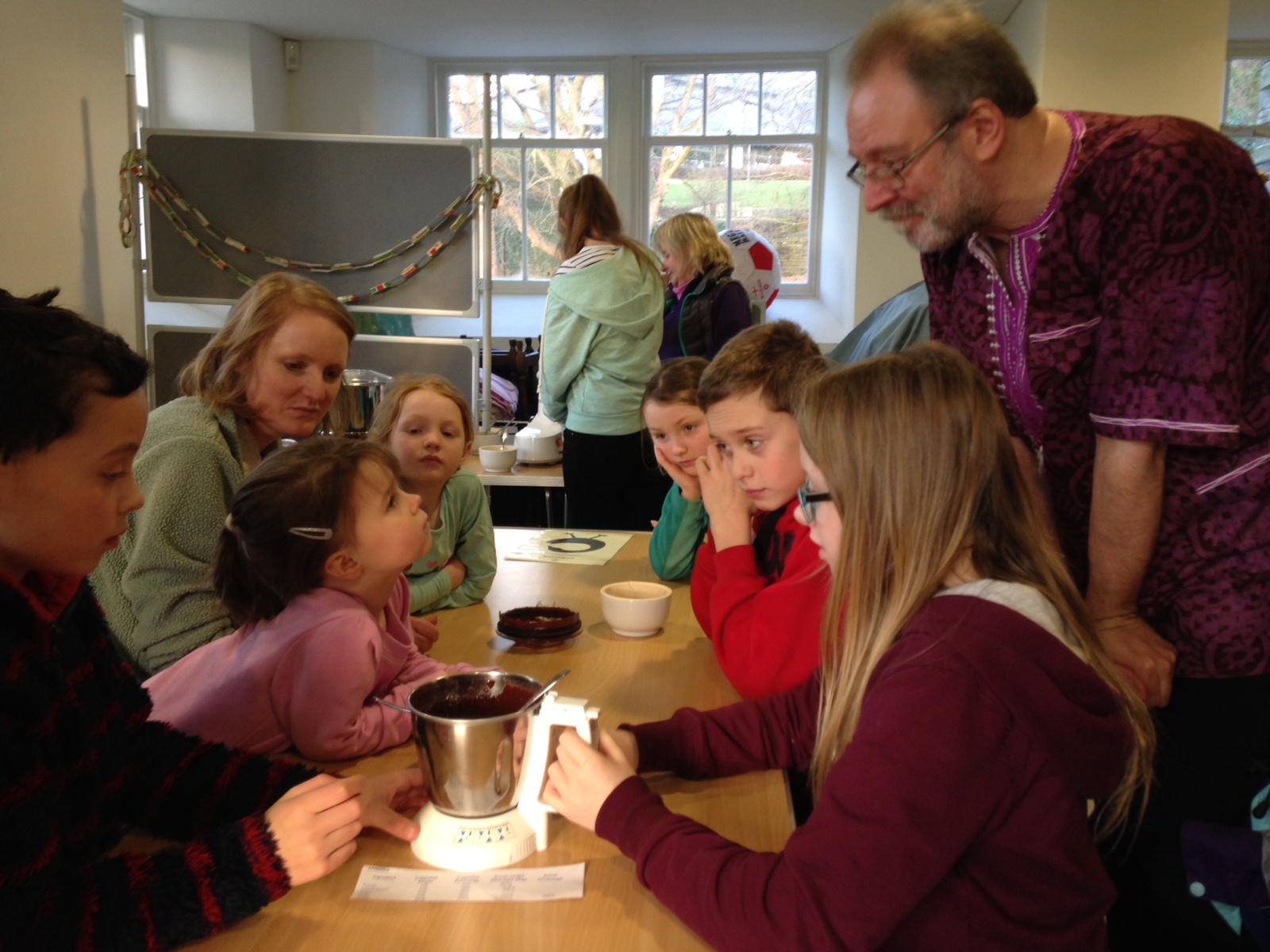Exclusive interview with Bruce Crowther, the founder of Fair Trade Town movement.
2016-12-20

Exclusive interview with Bruce Crowther (left), the founder of Fair Trade Town movement.
Bruce, why did you think it was necessary to not only focusing on products as Fairtrade, but also involve cities in the Fair Trade-movement?
- When I moved to Garstang in 1992 I formed the local Oxfam Group and we soon became involved in promoting Fairtrade ahead of the launch of the FAIRTRADE Mark in the United Kinghdom in 1994. This was difficult however and in the early days we could not even get the local churches to use Fairtrade products. So for Fairtrade Fortnight in the year 2000 we had an idea to invite all the key stakeholders in the community (councillors, heads of churches and schools, local businesses and Chamber of Trade etc) to a meal composed of Fairtrade and local produce. We did not want people to pay for the meal or even give a donation, but instead we wanted them to promise to buy and use Fairtrade and local produce whenever they could. We ended up with all the schools, churches and 95% of all businesses signing a pledge and that was when we realised we had in fact created a Fair Trade Town with all aspects of the local community involved. At the annual Public Meeting in April 2000 the people of Garstang self-declared their town as the world’s first Fair Trade Town and it all exploded after that.
Did you ever imagine that the Fair Trade Town movement would grow to this size with over 1800-Fair Trade Towns?
- Not quite but as an idealistic I did know it would grow. I once said that one day Edinburgh would become a Fairtrade City, but even I never dreamt of London, Paris, Madrid, Rome, Amsterdam, Brussels, Bonn, San Francisco, Chicago, Boston, Toronto, Copenhagen, Oslo, Helsinki and of course Stockholm. And Fair Trade Towns from the West coast of America to Japan and in countries such as Ghana, Costa Rica, Ecuador, Cameroon, Lebanon and now even developing in India. Nobody could have predicted that.
How has the movement changed/developed over the years?
- Well at the start, the Oxfam campaign in Garstang was simply to get people to recognise and support the FAIRTRADE Mark. But as the movement spread to other countries other types of Fair Trade products were included and what became known as the ‘Big Tent’ approach developed. This meant that countries now often adopt a campaign that is driven by many Fair Trade organisations that form a coalition. The movement is therefore no longer just about promoting Fair Trade products, but also about trade justice and alleviating poverty. In actual fact it came full circle as that was the initial aim of the Garstang Oxfam Group at the start i.e. to use Fairtrade as a vehicle to bring about an end to poverty.
Bruce, why do you think the cities are willing to take more responsibility when it comes to fair trade?
- It is certainly true to say that in the beginning the problem was not that people did not wish to support Fair Trade, but simply that they did not really know what it was and getting their attention in a world of ‘information overload’ was difficult. By getting the whole community involved it became something of interest to all, especially the media. Supporting Fair Trade became something that many people were doing in their town and becoming a Fair Trade Town was something that provided the community with an additional civic pride. The Fair Trade Towns campaign helps to put Fair Trade into the minds of people and thereby helping to make it more mainstream.

Are you still involved in the Fair Trade Town-movement?
- Following the enormous amount of international interest in Garstang as the world’s first Fair Trade Town I set up The FIG Tree Centre to enable me to support Fair Trade Towns and host visits to Garstang. Sadly, and reluctantly last summer I was forced to step down from my position as International Fair Trade Towns Ambassador, but this has provided me with more time to devote to the running of The FIG Tree. Following flooding in December 2015 The FIG Tree has been left without premises, but we still continue to promote Fair Trade through our local heritage, run our educational chocolate workshops and produce and sell our bean to bar chocolate. We are now seeking funding to enable us to secure our own premises which will include our own chocolate factory. Fair Trade Towns are a very large part of my life so whatever happens I will continue to be involved in one way or another.
What are your plans for the future?
- Carry on making and enjoying chocolate! Come and see us at The FIG Tree sometime.
Note: Follow The FIG Tree at the web site here and on Facebook here.





















